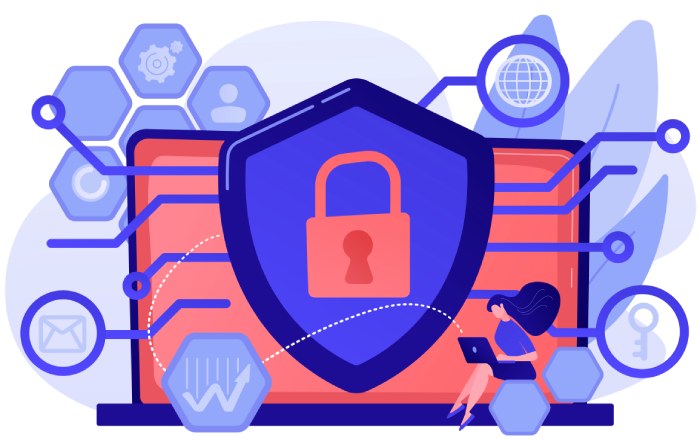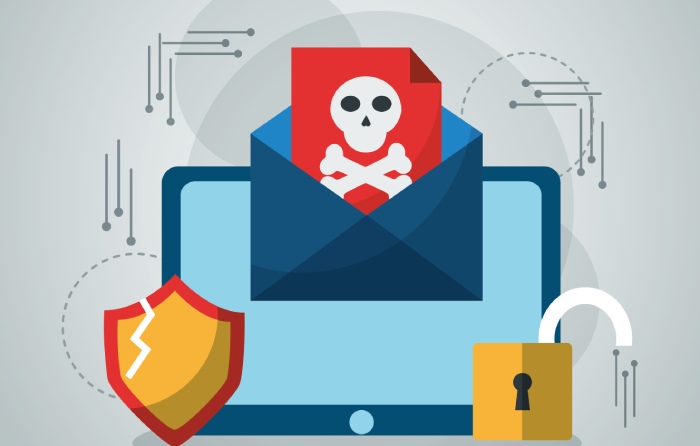In the fast-digitizing world, more than 30 million organizations globally have less than 1,000 employees. They seek different types of managed services from established professionals to leverage their IT departments. Managed Service Providers (MSPs partners) handling significant volumes of sensitive client data often happen to be the natural targets for malicious actors. Direct access to their clients makes MSSPs diamond mines for attackers. An MSP knows the value of securing clients’ sensitive data to survive in the industry. By leveraging cybersecurity best practices, MSPs can ensure optimal security for their systems, along with their clients’ valuable data.
What Makes MSPs Key Targets For Malicious Actors?
The lack of human and financial resources prompts most organizations to outsource their IT services and infrastructure to MSPs. Malicious actors are well aware that an established managed security service provider typically handles crucial information and sensitive data of hundreds of clients. Thus, the managed services meaning signifies access to vast volumes of customer data, making MSPs prime targets of malicious actors.
Since the managed services definition encompasses all the core IT activities for their clients, once an MSP loses to online adversaries, the attackers can compromise the systems of all the enterprises seeking their services. It makes MSPs highly valued targets for the attackers.
Cybersecurity Best Practices For MSPs
Experts recommend these guidelines for MSP partner to bolster their line of defense against online attackers.
Using Email Authentication Protocols
With popular email authentication protocols such as SPF, DKIM, and DMARC, it would be easier to monitor the servers’ vulnerabilities. With strict protocols in place, users would refrain from accidentally visiting malicious websites through phishing emails. The authentication process would detect spoof emails containing phishing links or malware, keeping the system secure. Besides, emails sent on behalf of the clients would carry the much-needed authenticity.
Mock Phishing Campaigns For Employees
Given that phishing attacks have risen by more than 600% since the Pandemic, MSPs need to conduct fake phishing campaigns for their employees. Given that most data breaches occur due to human errors, MSPs should be wary about their employee behavior. Adequate awareness training and adherence to best practices ensure that they won’t accidentally give in to social engineering attempts. Presently, managed service offerings encompass everything ranging from handling the cloud infrastructure to SaaS. Therefore, a single vulnerability would result in compromising the client’s data.
Timely Cybersecurity Audits
As the head of an MSP, one must be aware of frequent lateral movements, onboarding, and offboarding within the organization. It calls for regular cybersecurity audits to review the competencies of the team. Established MSSPs hire third parties to conduct security audits from time to time. When carrying out an access review, one may detect employees who no longer need access to systems might still be having it. It might jeopardize the client’s data, mainly if they are no longer working with the organization. It explains the need to arrange cybersecurity audits.
Practice Log Monitoring
Regular log monitoring is all about analyzing the logs for possible glitches. When one scrutinizes the records, one might detect traffic inflows from malicious sources. Besides, it would provide a comprehensive idea of the threat patterns. Eventually, one can deploy adequate countermeasures to block the gaps. Established MSPs use robust SIEM (Security Information and Event Management) tools. Using one of these tools, it becomes easy to scan through massive volumes of data and prioritize attention accordingly.
Proactive Threat Detection
An MSP’s proactiveness in detecting threats and neutralizing them would help ward off online adversaries. The necessary tools might include EDR (endpoint detection response), intrusion detection systems, and firewalls. The first step involves deploying the firewall that can successfully control and monitor the traffic in the network as per clients’ security norms. Forward-thinking MSPs also incorporate next-generation firewalls to bolster their email security with antivirus scanning. In case any malicious entity tries to breach the firewall, the intrusion detection system would instantly block the attempt.
Practicing Vulnerability Monitoring
It is something like patch management, which involves searching for vulnerabilities that attackers might exploit. It helps one prevent them from happening by managing them on time. Therefore, MSSPs need to test and scan their environment regularly for possible flaws to stop zero day attack. It might be a requirement to update the system, change a default password, or enhance a particular configuration. Adhering to this cost-effective and straightforward strategy can deliver valuable quotients in case of data breach attempts.
Securing Remote Access Tools
Considering the threats from ransomware, MSPs need to safeguard their remote access tools. Some of the strategies in this regard include
- Deploying IP Restrictions: Ensure that only the users connected to the local network can access remote administration tools. Accordingly, there is a need to implement IP restrictions in the organization.
- Using MFA: A simple yet effective way to ward off attackers, MFA (Multi-factor Authentication) can prevent intruders from making their way into the network using compromised credentials through remote access. Hence, MSPs must implement MFA in every possible area of the operational environment.
- Update RMM Software: Software vendors come up with updates to known address vulnerabilities from time to time. Timely updating of the RRM software is required to patch possible security loopholes.
- Secure The RDP: RDP (Remote Desktop Protocol) refers to the native remote administration tool present in Windows. In the past, many ransomware attacks have been successfully carried out through this tool. Securing the RDP can mitigate the possibilities of ransomware attacks on the organization.
Final Words
Apart from the guidelines mentioned above, there is also a need to create offsite backups. Be picky with the software used, stringently scanning the same for vulnerabilities. Most importantly, MSPs must have an incident response plan in place. It would help an MSSP respond effectively to possible attacks or incidents of data breaches, thereby minimizing the losses. Testing the contingency plan from time to time would further bolster the countermeasures for potential cyberattacks.


